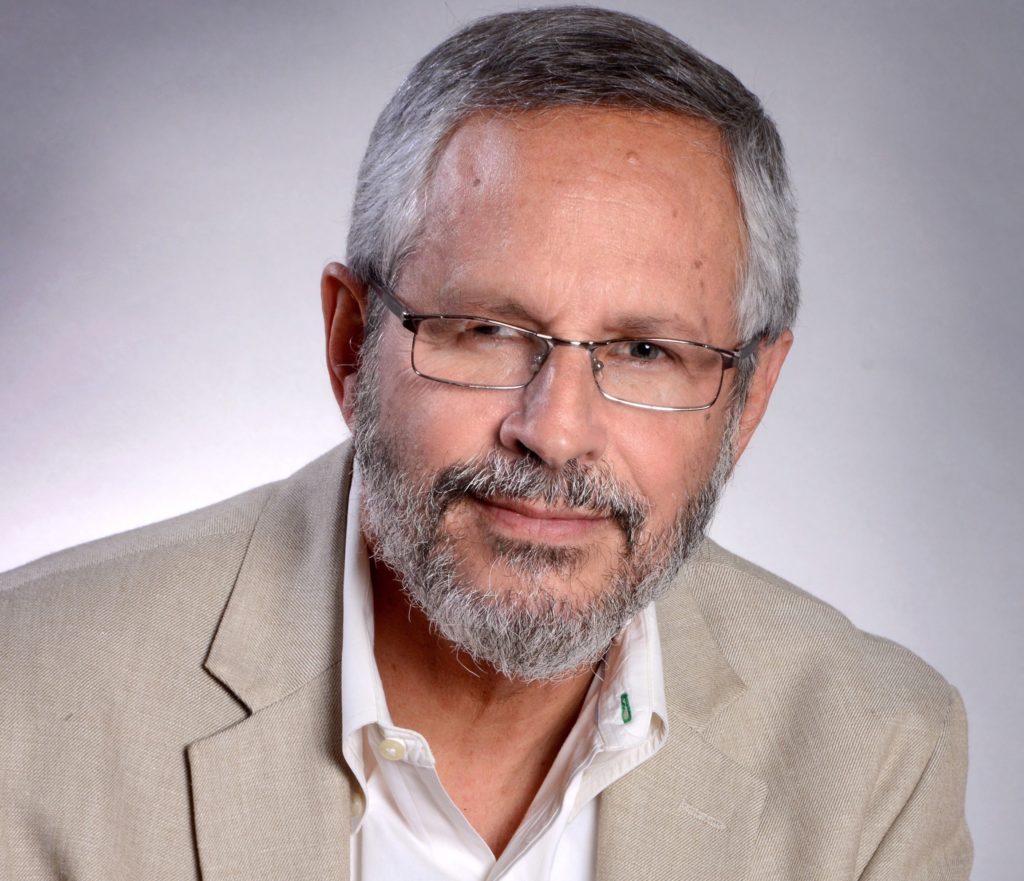By KEN TERRY

In a recent podcast about the future of telehealth, Lyle Berkowitz, MD, a technology consultant, entrepreneur, and professor at Northwestern University’s Feinberg School of Medicine, confidently predicted that, because of telehealth and clinical automation, “In 10-20 years, we won’t need primary care physicians [for routine care]. The remaining PCPs will specialize in caring for complicated patients. Other than that, if people need care, they’ll go to NPs or PAs or receive automated care with the help of AI.”
Berkowitz isn’t the first to make this kind of prediction. Back in 2013, when mobile health was just starting to take hold, a trio of experts from the Scripps Translational Science Institute—Eric Topol, MD, Steven R. Steinhubl, MD, and Evan D. Muse, MD—wrote a JAMA Commentary arguing that, because of mHealth, physicians would eventually see patients far less often for minor acute problems and follow-up visits than they did then.
Many acute conditions diagnosed and treated in ambulatory care offices, they argued, could be addressed through novel technologies. For example, otitis media might be diagnosed using a smartphone-based otoscope, and urinary tract infections might be assessed using at-home urinalysis. Remote monitoring with digital blood pressure cuffs could be used to improve blood pressure control, so that patients would only have to visit their physicians occasionally.
Continue reading…









